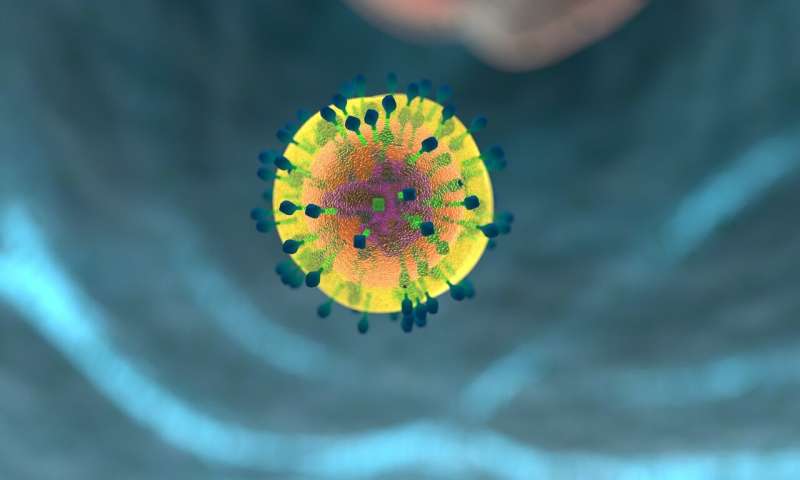Intricacies of tissue memory T cells could be the future of immunotherapies and vaccines

In a significant step forward in understanding the crucial role tissue-resident memory T (TRM) cells play in the immune system, researchers have for the first time described how the cells behave in different tissues around the body.
This discovery adds to the growing knowledge base around the huge potential of T cell-based vaccines, including second generation COVID-19 vaccines, that would target lung tissue directly.
TRM cells are an immune cell that are exclusively found in tissues, not in circulation or the blood, and have been found to be critical for immune protection against viral infection and are also able to control melanoma growth in the skin.
In this study, published today in Nature Immunology, the research team led by University of Melbourne Professor Laura Mackay, a laboratory head at the Doherty Institute, looked at the behavior of TRM cells in a number of different body tissues.
By comparing barrier organs that are exposed to the environment, like the skin, to solid organs such as the liver, the team found that the location in which TRMs are raised significantly impacts the way they contribute to immunity, demonstrating that "one size does not fit all" when it comes to these cells.
Dr. Susan Christo, a postdoctoral researcher in Professor Mackay's laboratory, said uncovering the distinct molecular signatures and behaviors of TRM cells in specific tissues will considerably assist in the development of effective T cell-based vaccines and immunotherapies.
"For example, if you want effective T-cell mediated immunity against a respiratory virus like SARS-CoV-2 or influenza, you want to induce TRM cells in the lung. That way, the memory of the infection exists at the site of potential pathogen encounter," Dr. Christo said.
"We found that TRM cells act like chameleons when they enter into a new tissue—they rapidly adapt to the molecules and proteins around them and can take on a new 'image' or phenotype.
"The tissue surroundings also control how these cells behave—TRM cells in the skin are suppressed by a particular protein called TGF-b which acts like a handbrake to stop these cells from unnecessary activation that may cause autoimmunity, such as psoriasis, but still allows them to fight against dangers like melanoma.
"One key advantage of skin TRM cells is that they can last a really long time and will be ready to attack when the body is in true danger.
The team found the TRMs that reside in the liver do not have this TGF-b handbrake and therefore have a greater ability to form a bigger pool of cells.
"You could think of them as generating a large army of soldiers that fight the infection. However liver TRMs have a shorter half-life and might not be around to fight future battles," explained Dr. Christo.
"To give the example of malaria, if you want to target immune cells in the liver, you need to work out what needs to be done to make those cells live longer.
"This is also the case for short-lived TRM cells in the lung, which has significant implications on the durability of vaccines against the flu and COVID-19. Therefore, our study provided the first evidence of what our immune cells need to last the distance and protect us for a long time."
More information: Susan N. Christo et al, Discrete tissue microenvironments instruct diversity in resident memory T cell function and plasticity, Nature Immunology (2021). DOI: 10.1038/s41590-021-01004-1


















